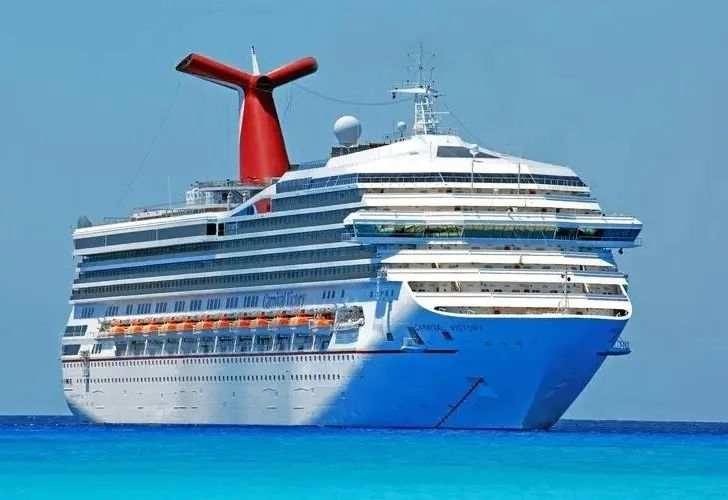
anticorrosion measures
Water transport is one of
the five major transportation systems, and ships are the main tools for water
transportation. However, due to the long-term navigation of ships in the ocean,
corrosion occurs to varying degrees by the erosion of various corrosive media.
At present, the ship's anti-corrosion measures are mainly a combination of
paint coating and cathodic protection. As the coating will inevitably exist in
the process of painting and use of leakage, pore and other defects, corrosion
will first arise in these places, accelerated and caused by pore corrosion,
applying cathodic protection can effectively inhibit pore corrosion of the
coating defects, but also reduce the current density of cathodic protection, so
that cathodic protection is more economical, the protection of a more uniform
distribution of the current, the effect of protection is better.
For large ships, a
relatively high protection current is required, in which case two separate
protection systems can be installed, placed in the middle of the ship, or
arranged near the head and stern of the ship. The constant potential meter can
be installed in or near the main control room in the cabin. The installation of
the constant potential meter should pay attention to its cathode ground and the
reference electrode zero ground can not be common point, to be separated by a
certain distance. The negative pole of the constant potential meter should be
connected to the ship's hull, and the positive pole should be connected to the
auxiliary anode which is insulated from the ship's hull, and must not be
connected inversely.
The installation of marine auxiliary anode usually has two forms, one is
attached type and the other is recessed type. The advantage of attached type is
that the current dispersing ability is better; the disadvantage is that it is
easy to be damaged. The advantage of concave type is that the anode is not easy
to be damaged, but the dispersing ability is not as good as attached type.
Recessed anodes are mainly used on icebreakers, which are highly loaded ships,
and are installed in the bow part of the ship.
The longitudinal arrangement of the reference electrode should depend on
the number of reference electrodes, if the whole ship uses two reference
electrodes, one is configured in the bow and one in the transom or the middle
of the ship, and it is better to be separated from the port and starboard
sides. If more than one reference electrode is installed, the bow, middle and
stern can be configured, and the port and starboard sides are distributed. The
reference electrodes are arranged in the middle of the two auxiliary anodes, or
they can be arranged in the furthest place from the anodes, i.e., installed in
the place with the most positive potential. The reference electrode is arranged
vertically and should be on the same level with the auxiliary anode.